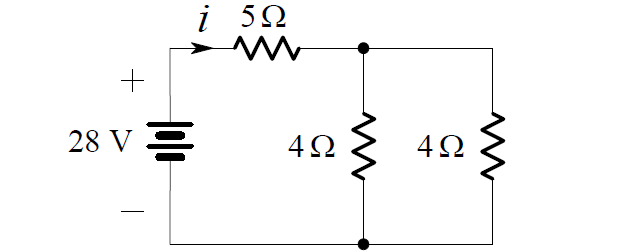

To use our parallel resistance calculator, simply set the number of resistors you want to calculate the parallel resistance for. The current through any resistor in a parallel combination of N resistances is proportional to the total current into the combination of resistors.
#PARALLEL RESISTORS CODE#
If you’re confused by the colors on the resistor, be sure to check out the resistor color code guide as it will teach you everything you need to know. To help work out the total resistance in a circuit with resistors in parallel, we have a handy calculator that makes the process a lot easier. If you want to increase the resistance of your circuit and not reduce it, then you can use your resistors in series instead. We will delve into this later on in the guide.

The math is a bit different for differing resistances and if you have more resistors. The following video explains the above formulas for voltage, current and resistance for resistors in series and resistors in parallel. In the parallel resistor circuit, the reciprocal (1/RT) value of equivalent circuit resistance is equal to the algebraic sum of the inverses of the individual resistances.
#PARALLEL RESISTORS HOW TO#
Scroll down the page for more examples and solutions on how to use the formulas. In the above parallel resistor circuit, the resistors R1, R2, and R3 are connected in parallel between the two points A and B, as shown in the figure. Several resistors connected in series have equivalent resistance. When resistors are connected in parallel, the supply current is equal to the sum of the currents through each resistor. The following diagram gives the formulas for resistors in series and resistors in parallel. Each new resistor in parallel allows more current through the circuit and therefore reducing the total resistance that your circuit is facing.įor example, in a circuit with two resistors of equal value in parallel, the resistance will be reduced to exactly half. Resistors in parallel connection can be defined as, whenever two or more resistors are connected to the two same nodes then it has above one path for current. Connecting elements in parallel permits current to pass through only one element. For example, an automobiles headlights, radio, and other systems are wired in parallel, so that each. The reduction in resistance is caused by the current having more ways of getting through. , where the voltage is constant across each resistor. This behavior is handy when you need a particular resistance but don’t have a resistor that matches the required value. Parallel resistance is a useful part of electronics but can be difficult to calculate when you start dealing with more than two resistors.Įvery resistor that you add in parallel reduces the total amount of resistance.


 0 kommentar(er)
0 kommentar(er)
